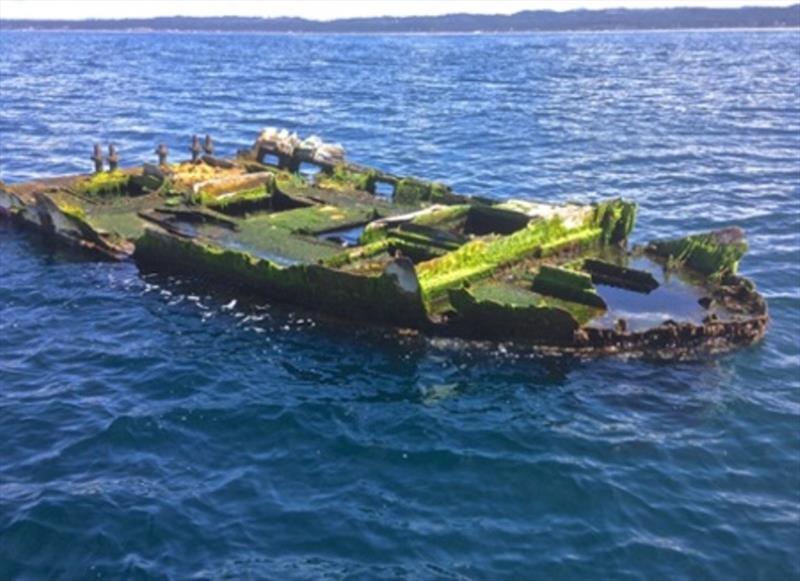
Yellowtail Jacks get across the Pacific in the hold of a derelict vessel
by NOAA Fisheries 1 Mar 2018 11:31 GMT

Japanese fish hitch a ride across the Pacific © NOAA Fisheries
In March 2011, a magnitude 9.1 earthquake hit Japan and devastated the region. Hours later, a subsequent tsunami struck Japan's Pacific coastline, doubling the damage. The combined forces of the earthquake and ensuing tsunami generated tons of debris and carried it out with the tide, littering the surrounding ocean.
Four years later, in April 2015, a derelict Japanese vessel was discovered on the Oregon Coast with some surprising cargo. Twenty-one yellowtail jack were found in the hold of the vessel, but the fish were not a species normally found on the U.S. West Coast. Rather, researchers from the Southwest Fisheries Science Center, Oregon Coast Aquarium, and Oregon State University recently determined that the yellowtail jack (Seriola aureovittata) were actually of Japanese origin.
Scientists speculate that the yellowtail jacks entered the hold of the vessel as juveniles while the debris was still off the shores of Japan. They grew too large to escape the vessel as it journeyed across the Pacific. The adult yellowtail jacks were malnourished when found, indicating that they had not had access to the outside environment for a while.
To confirm their theory, scientists gathered genetic data from 8 of the 21 yellowtail jack found in the vessel. These genetic data were then compared to the genetic sequences of the three yellowtail jack species S. aureovittata (western Pacific), S. dorsalis (eastern Pacific), and S. lalandi (southern hemisphere).
The genetic sequences confirmed suspicions that the yellowtail jack found within the vessel were S. aureovittata, the species native to Japan. While these fish commonly find shelter in drift kelp and other floating objects far out at sea, the considerable distance the fish travelled makes it a particularly uncommon and interesting event. Moreover, this incident provides a prime example of long-distance rafting and illustrates the possibility of introducing an invasive species into a new environment.
Read the full publication here
Learn more about the Genetics, Physiology and Aquaculture Program at the Southwest Fisheries Science Center